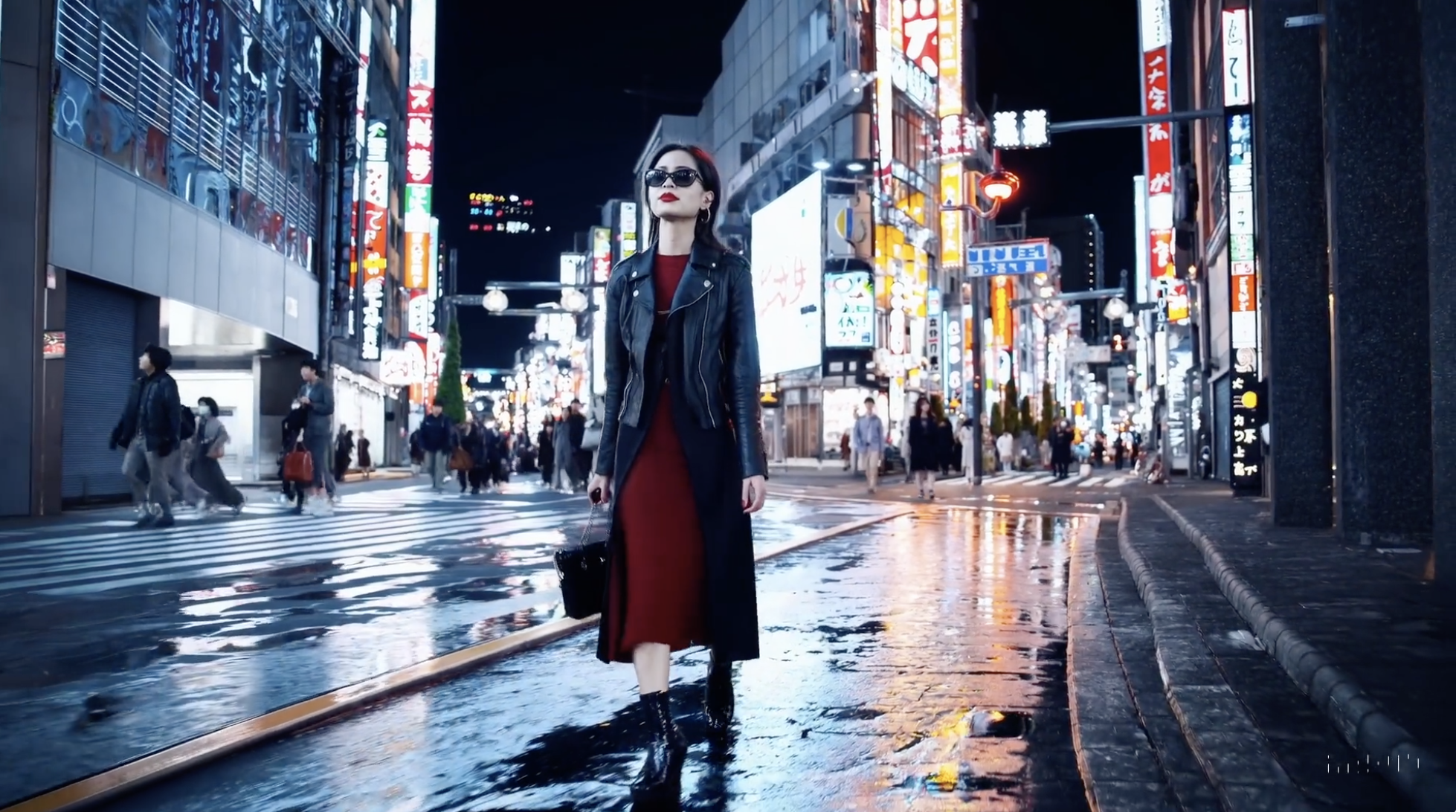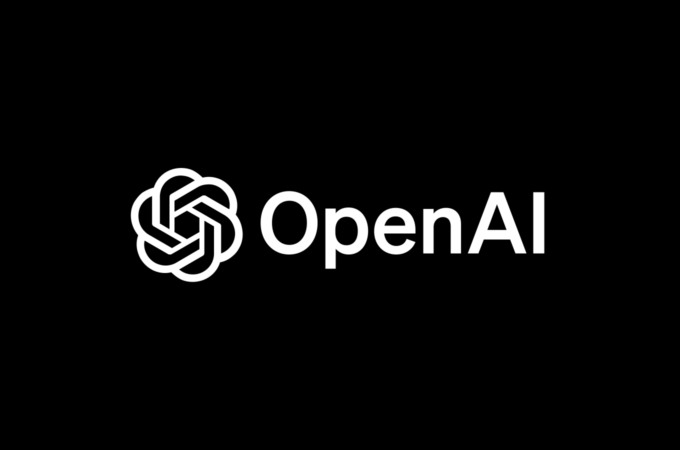
OpenAI’s Sora Revolutionizes Video Generation with Text-to-Video AI Model
OpenAI, a pioneering force in artificial intelligence (AI), has once again captivated the tech world with its latest innovation: Sora, a groundbreaking text-to-video generative model. Following the footsteps of its predecessors in text and image generation, Sora represents a significant leap forward in AI capabilities, marking the advent of realistic and imaginative video creation from simple textual prompts.
Sora’s capabilities are nothing short of remarkable. With the ability to generate high-definition, movie-like scenes in 1080p resolution, Sora can bring to life a diverse range of scenarios, from bustling cityscapes to serene natural landscapes. What sets Sora apart is its deep understanding of language, enabling it to interpret prompts accurately and produce videos with vibrant characters expressing lifelike emotions.
One of Sora’s standout features is its versatility in generating videos in various styles, including photorealistic, animated, and black and white, catering to the creative preferences of its users. Moreover, Sora can seamlessly extend existing video clips, filling in missing details with remarkable coherence, a feat unmatched by other text-to-video models.
However, despite its impressive capabilities, Sora is not without its limitations. OpenAI acknowledges that the model may struggle with accurately simulating complex scenes’ physics and understanding specific instances of cause and effect. Nonetheless, the company is committed to addressing these challenges through ongoing research and collaboration with experts.
OpenAI’s decision to limit Sora’s availability to a select group of safety testers and industry professionals reflects its responsible approach to AI development. By prioritizing safety and ethical considerations, OpenAI aims to mitigate potential misuse of the technology, particularly concerning misinformation and harmful content creation.
Furthermore, OpenAI’s emphasis on engaging policymakers, educators, and artists underscores its commitment to fostering responsible AI usage and exploring positive applications of Sora’s capabilities. Through collaboration and feedback from diverse stakeholders, OpenAI aims to refine Sora and pave the way for its eventual public release.
Sora’s underlying technology leverages a combination of diffusion models and transformers, allowing it to process textual prompts and generate corresponding video sequences efficiently. This novel approach enables Sora to handle a wide range of video characteristics, including resolution, duration, aspect ratio, and orientation, setting it apart from existing text-to-video models.
As Sora undergoes rigorous testing and refinement, OpenAI remains vigilant in addressing potential risks associated with AI-generated content. Measures such as content filtering, metadata embedding, and collaboration with industry experts are integral to ensuring Sora’s responsible deployment and safeguarding against misuse.




